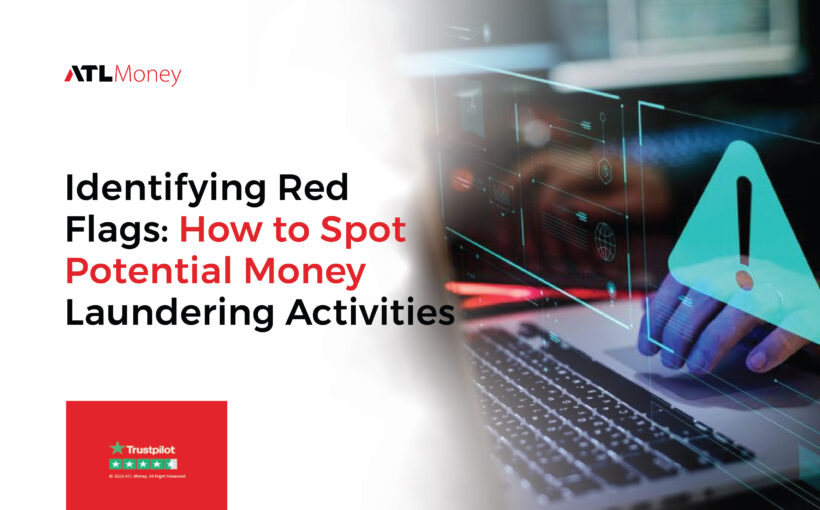In international money remittance, it’s crucial to be vigilant against potential money laundering activities that could compromise the integrity of financial transactions.
When it comes to sending money internationally, it’s important to be able to identify potential red flags that might indicate money laundering activities. By recognizing these signs, individuals and financial institutions can contribute to efforts to prevent illicit financial transactions.
This time, we’ll explore key indicators, or red flags, that can help you identify and prevent illicit activities when sending money internationally.
1. Unusual Transaction Patterns:
Be wary of irregular transaction patterns, such as unusually large amounts of money being sent or multiple transactions occurring in a short timeframe. These patterns may indicate an attempt to obscure the source of funds or move illicit money across borders.
2. Lack of Transparency in Documentation:
Ensure that all required documentation is provided and is transparent. A red flag may be raised if there needs to be more clarity or if the provided documents seem inconsistent or fraudulent. Legitimate transactions should have verifiable documentation to support the purpose of the money transfer.
3. Frequent Changes in Beneficiary Information:
Keep an eye on frequent changes in beneficiary information. If the recipient’s details frequently change without clear reasons, it could signal an attempt to conceal the true beneficiary or purpose of the funds. Legitimate transactions typically maintain consistent beneficiary information.
4. Incomplete or Inconsistent Customer Information:
When sending money internationally, accurate customer information is crucial. Incomplete or inconsistent details, such as missing addresses or discrepancies in identification, could be red flags. Ensure that all required information is provided and matches the given identification.
5. High-Risk Countries and Regions:
Certain countries and regions are deemed higher risk due to their association with money laundering activities. Transactions involving these areas may undergo additional scrutiny. Keep abreast of the latest information regarding high-risk regions to make informed decisions when sending money internationally.
To conclude_
Being aware of these red flags is essential for anyone engaged in international money remittance. By staying vigilant and recognizing potential signs of money laundering activities, individuals can play a proactive role in maintaining the integrity of the financial system. Remember, a collective effort in identifying and reporting red flags contributes to a safer financial environment for everyone involved.
Easily send money abroad with ATLMoney – your trusted partner for secure and compliant international money transfers.
